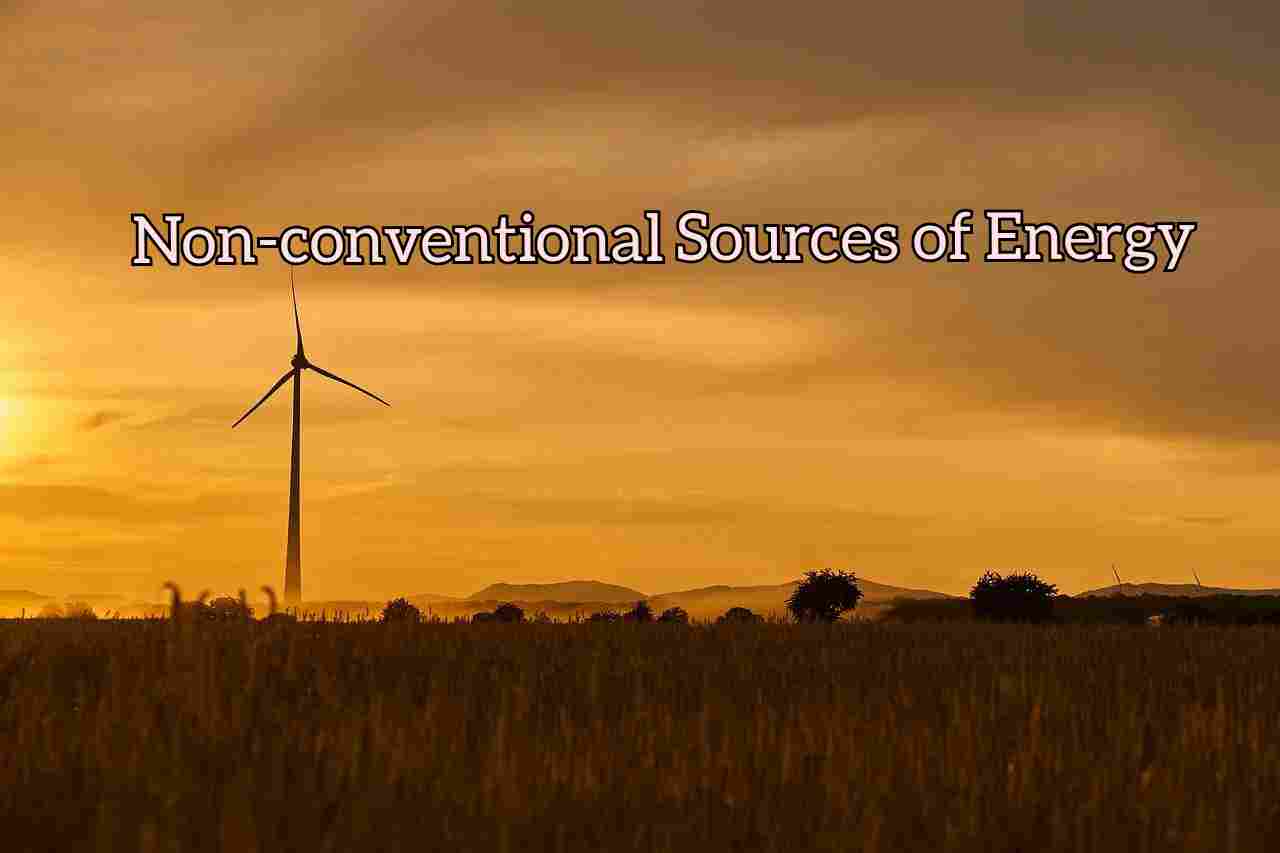What are Non-conventional Sources of Energy:
Natural sources like tides, wind, solar power, biomass generate energy which is called non-conventional energy. This non-conventional energy is eco-friendly and less expensive. It is a matter of grave concern that the known sources of energy are decreasing at an alarming rate each day. It is also clear that the requirement of energy gets increased every day. So it is evident that we must find out alternative sources of energy.
Examples of Non-conventional Sources of Energy:
There are different kinds of non-conventional use of energy throughout the world. Oil is getting dearer day by day and the global economy is adversely affected by the said increase. Prices of essential goods are increasing at a high rate due to the said increase in the cost of oil.
Oil can be replaced by solar-energy effectively. In many countries solar-power is already in use. The conventional sources like oil can be avoided to a great extent by shifting the use of energy from oil to solar-power.

In many countries coal is used to produce electricity. But we must understand that the total stock of coal is going to be finished soon. It is important to note that electricity can be generated from solar heat and power. So solar-energy is essential to get electricity, specially in the countries where the climate is hot. There are some parts in the world where the pressure and force of the stream of wind are used to obtain electricity for domestic and industrial purposes.
The force of tidal-wave is also utilised to generate electricity. Natural gas can be obtained from solid-waste products of domestic and industrial areas. It can be successfully used as fuel for household purposes.
So, everybody should try to change the mode of using energy and shift to the aforementioned non-conventional sources of energy for the overall and true benefit of the society.
You May Like To Read More:
